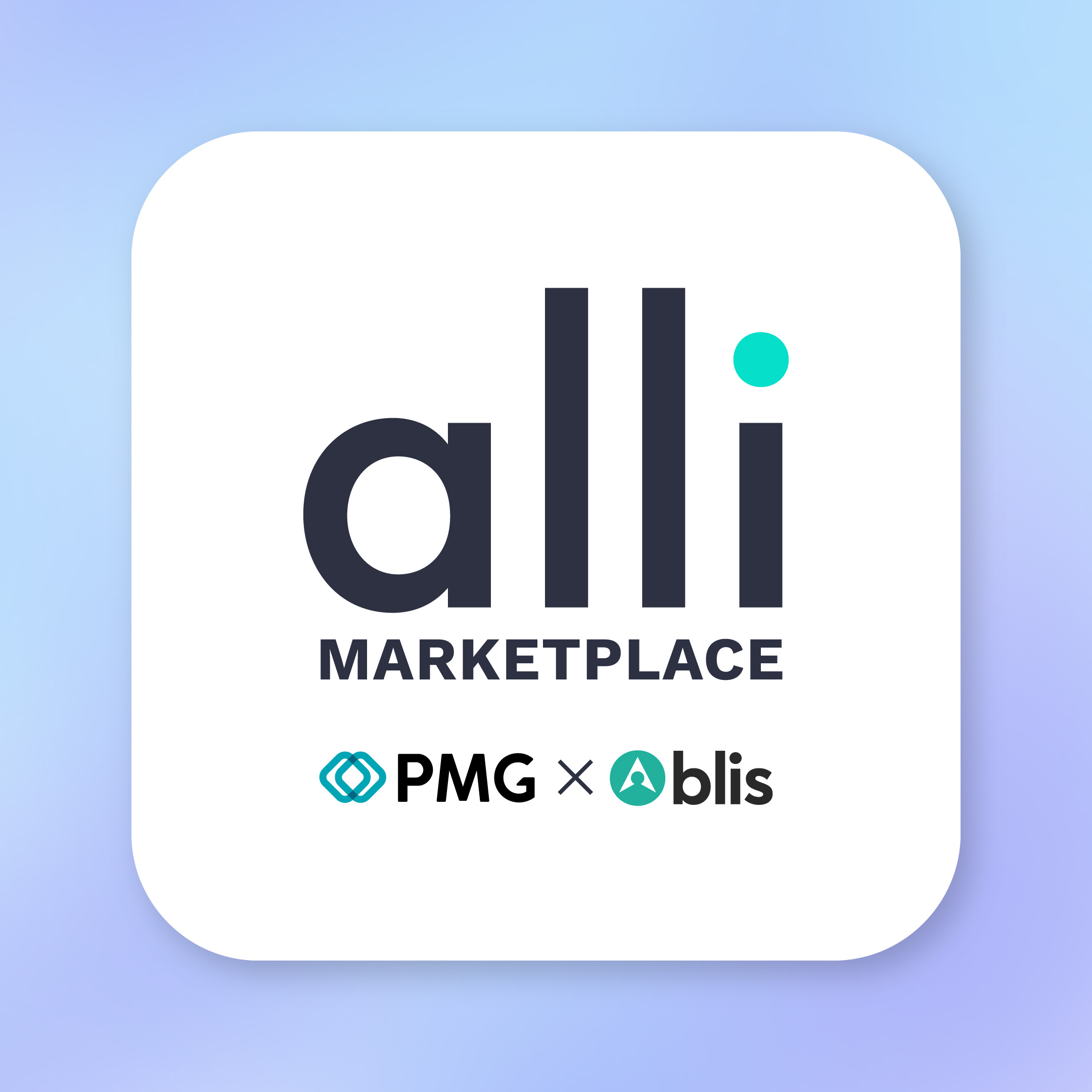Analyzing how QSR brands can invest in unique experiences to drive foot traffic
The busier Americans get, the easier we attempt to make our lives. That’s why quick-serve restaurants (QSRs), and in particular fast-casual restaurants, have outpaced the growth of full-service restaurants over the last 15 years. People want to get their meals quickly, and often don’t want to take the time to sit and wait for food. In fact, 38 percent of dining experiences now involve a mobile device either to find a restaurant, order food, pay for it, or share photos of their meals.
Restaurants aiming to stay competitive are not only bumping up the functionality of their apps, they’re looking for innovative ways to leverage technology to improve the customer experience in and out of the restaurant. A recent Blis Insights study titled, “US QSR State of the Nation” explores the new QSR experience funnel – consumption, frequency, loyalty – and how brands can utilize consumer footfall flow to optimize their enhancement strategies and better reach their consumers.
Since these experiential innovations are not one-size-fits-all by genre, it’s important for brands to understand the ways in which their customers’ foot traffic flow is trending when determining if they should lean into in-store upgrades, or if they should focus on getting creative with combined experiences (mobile order trackers, brand partnerships, pop-ups, app order to pickup) outside of the store.
For example, McDonalds’ customer foot traffic patterns indicate a preference to dine in-store. The brand should therefore continue to focus on enhancing in-store experiences (i.e. touch screen kiosks, mobile in-store ordering, live review displays). They’re apparently already leaning in the right direction; from the comfier seats and kiosks you’ll find in many McDonalds locations these days, consumers will notice free wi-fi just about everywhere. Consider it an invitation to stay and have another cup of coffee or an extra side of fries.
The chain is also looking to automation and “advanced kitchen equipment” to help free up staff and offer better service. By automating mundane tasks like preparing fries and pouring beverages, staff can be redirected to focus more on customer service. The company is also jumping on a trend of introducing Alexa-like voice ordering systems to improve accuracy.
Other QSR chains are looking to their mobile apps for differentiation. It’s a good place to start: a recent survey found that 90 percent of restaurants in their study had “Negative Net Sentiment” about their apps. In other words, the vast majority of apps came nowhere near meeting customer expectations. One of the few that did please customers was from Krispy Kreme. Demonstrating a genuine understanding of their customers’ desires, the doughnut shop offers a “Hot Light” app, which lets them know when hot doughnuts are coming off the line at their nearest location. The app also offers mobile payment options and rewards, as customers would expect.
There’s still plenty of room to grow with mobile apps across the industry. Consumers today have high expectations with regard to apps from the brands they love. Recent research shows that, with respect to restaurants, 60 percent of customers would go out to eat more often if they could avoid waiting in line to pick up their food or pay. More than 80 percent said they would go to restaurants more frequently if they had the option to order food in advance and then pick it up at a designated time. App-based menus that are personalized to the user and allow them to order ahead of their visit could increase order size, especially if they leverage tailored upsell and cross-sell options.
There’s a lot that quick-serve restaurants can do to stand out, but at the end of the day, the companies that know their customers best will be the winners. Using their own customer data and real-world data and insights, QSRs will have the opportunity to create truly personalized experiences for their loyal visitors. There are so many great ideas already in play – take the Bell Hotel, for example – but whether a restaurant’s goal is to keep patrons at the table longer or to solidify exclusivity, understanding what the customer actually prefers is the key to meeting those goals. From curating menus in-app to offering a dinner deal with curb-side delivery for busy, working parents on a rainy evening, restaurants can put data to work to deliver more than just food, but customer experiences that actually make life easier.
To learn more about using real-world intelligence to increase QSR foot traffic efficiency and loyalty, download our QSR State of the Nation 2019 report here.



